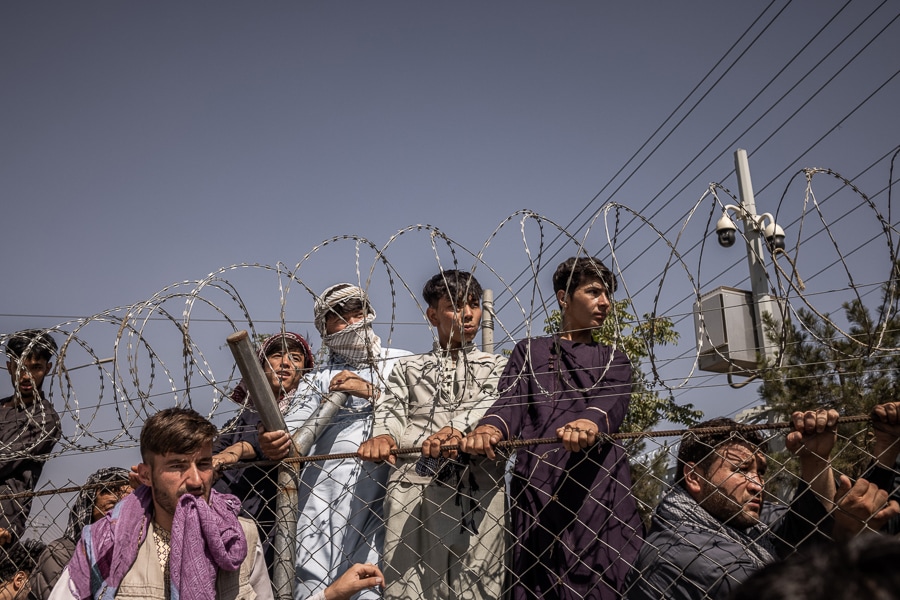
The Taliban's leaders: Worldly and 'inclusive' or ruthless ideologues?
Whether the Taliban's actions since taking control are signs of genuine openness or a looming power struggle between moderate and hard-line factions remains to be seen
 People gather in front of the international airport in Kabul, Afghanistan on Monday, Aug. 16, 2021, after the Taliban took control of the country; Image: Jim Huylebroek/The New York Times
People gather in front of the international airport in Kabul, Afghanistan on Monday, Aug. 16, 2021, after the Taliban took control of the country; Image: Jim Huylebroek/The New York Times
One issued official blessings for the suicide bombers who killed scores in Afghanistan’s cities. Another enthusiastically deployed these bombers, as well as the gunmen who terrorized Afghan civil society in dozens of targeted assassinations.
These are the top leaders of the Taliban, men who have spent years on the run, in hiding, in jail and dodging U.S. drones. They are emerging now from obscurity after a 20-year battle, but little is known about them or how they plan to govern.
Afghanistan’s fate rests in their hands: the movement’s supreme leader, Maulawi Hibatullah Akhunzada; its political leader, Mullah Abdul Ghani Baradar; and several younger members who have led on the battlefield.
They have moved into the capital, Kabul, and are taking charge of the government and a nation of 39 million people. They have worked hard in the past few days to signal to the world that they are more worldly and tolerant than their predecessors in the 1990s, willing to work with women and urging people to get back to their jobs without fear of reprisals.
But the question remains: Have they really cast off an extremist ideology that carried them through two decades of war, or is this all a ruse designed to win global approval?
©2019 New York Times News Service







